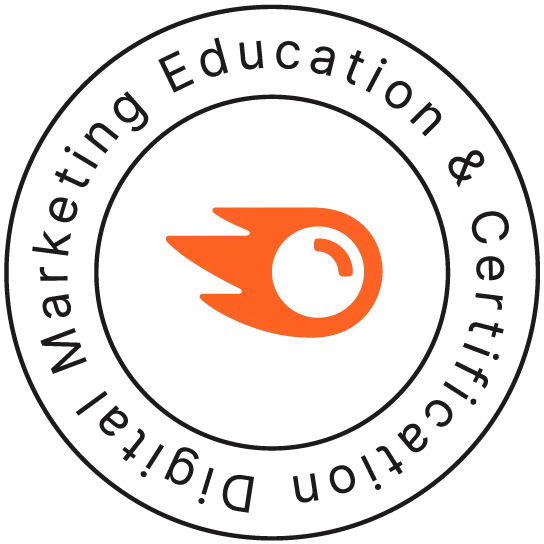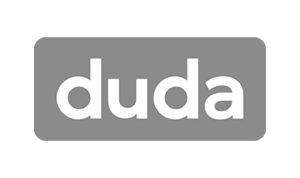Crown Street, Wollongong, 2500
7 Awesome Startup Marketing Tips to Grow Your Online Presence
Do you own a startup business and don't have time to do the marketing yourself? Are you looking for an internet marketing agency to help you get your name out there? Or just tips to get more website traffic? Keep on reading because we've got you covered.
As with any business, startup marketing is essential. If you have a new business, you probably think startup marketing isn’t something you can afford right now or that it isn’t necessary. However, marketing your startup as early as possible is an essential part of its long-term success.
Marketing doesn’t just ensure people know about your company; it helps you sell your services and products to them. It also costs less money than you might expect, so there really is no good reason not to get started right away. Here are some ways to market your startup on your marketing budget.
Startup Marketing Strategy
1. Use SMART Goals to Focus Your Marketing Efforts

When you’re first starting out, it’s important to focus your marketing efforts. Trying to do too many things at once will only lead to confusion and frustration. Use the SMART goal setting method to choose one or two specific goals to focus on. Your goals should be:
- S – Specific: What exactly do you want to achieve?
- M – Measurable: How will you know if you’ve achieved your goal?
- A – Achievable: Is your goal realistic?
- R – Relevant: Does your goal make sense for your business?
- T – Timely: When do you want to achieve your goal?
By using SMART goals, you can make sure your marketing efforts are focused and effective. Your SMART goal could be:
- Increase brand awareness by 20% within the next six months.
- Generate 100 new leads within the next three months.
The purpose of SMART goals is to give you a specific target to aim for so you can measure your success. Once you’ve achieved your goal, you can set a new one.
The key is to start small and gradually increase your goals as you get more comfortable with marketing. Trying to do too much too soon will only lead to overwhelm and frustration.
2. Define Your Target Audience

One of the most important aspects of marketing is understanding who your target audience is. Your target audience is the group of people most likely to buy your product or service. To define your target audience, you need to consider putting together a document detailing who your buyer personas are.
A buyer persona is a semi-fictional representation of your ideal customer. To create a buyer persona, you need to gather as much data as possible about your target audience through market research. Once you have this data, you can start to piece together who your ideal customer is.
To get started, here are some questions to ask about your target market:
- What are their demographics? (Age, gender, location)
- What are their interests? (Hobbies, lifestyle choices)
- What are their values? ( What do they believe in?)
- What are their pain points? ( What problems do they need solving?)
Once you’ve answered these questions, you should have a good idea of who your target audience is. From there, you can start to create marketing campaigns specifically designed to appeal to them.
3. Have a Simple, Informative and Compelling Message

Your website, social media profiles, and any other marketing materials should have a simple message that’s easy to understand. This message should be about what your business does and what benefits your products or services are offered.
It’s also important to make sure your message is compelling. Why should people care about your business? What makes you different from the competition? Answering these questions will help you create a message that’s both informative and persuasive.
If you have a simple, informative and compelling message, you’re more likely to reach your target audience and convert them into customers.
4. Create a Content Marketing Campaign
This is a form of marketing that focuses on creating and distributing educational and valuable content to attract, acquire, and engage your potential customers.
The goal of content marketing is to provide your target audience with information that’s helpful and relevant to them. By doing this, you can build trust and credibility with your audience. And as a result, they’re more likely to buy from you when they’re ready to make a purchase decision.
To create content marketing for your business:
- Start by identifying the needs of your target audience. What information are they looking for?
- Then, create content that’s helpful and relevant to them.
- Finally, promote your content through various channels such as social media, email marketing, and paid advertising.
Don’t forget search engine optimization (SEO). It helps increase the visibility of your website and content in the search engines, which can help you reach a larger audience.
To improve your SEO, start by optimising your website for the right keywords. This includes using the right keywords in your title tags, meta descriptions, and header tags. You can also use keyword-rich anchor text to link to other pages on your website.
5. Distribute the Content You Made
The content you create is only valuable if it reaches your target audience. To ensure your content is seen by as many people as possible, you need to distribute it through various channels.
Some of the most effective ways to distribute your content include:
- Social media marketing: Share your content on social media networks such as Facebook, Twitter, and LinkedIn.
- Email marketing: Send your content to your email list.
- Paid advertising: Use paid advertising platforms such as Google AdWords and Facebook Ads to promote your content.
By distributing your content through various channels, you can reach a larger audience and grow your business.
But don’t stop there! There are endless possibilities for how you can distribute your content. Get creative and experiment with different distribution channels to see what works best for you and your business.
6. Run Ads
Advertising is a great way to reach your target audience and grow your business. But with so many advertising options available, it can be difficult to know where to start.
Here are some of the most effective types of advertising for startups:
Google AdWords: Google AdWords is a paid advertising platform that allows you to place ads on Google’s search engine results pages (SERPs).
Social Ads: People may not go to social media to shop, but that doesn’t mean you can’t use social media to reach your target audience and promote your products or services. You can use platforms such as Facebook, Twitter, and LinkedIn to run ads that target your ideal customer in a fun or visual way.
6. More Dedicated Shopping Apps
This year, we predict that more eCommerce businesses will release dedicated shopping apps. This is in response to the growing trend of mobile shopping; by having a separate app, businesses can provide a better customer experience for their mobile online shoppers. In addition, apps can take advantage of features like push notifications and geolocation to provide personalised content and special offers to users.
7. Carry Out Digital PR
Digital PR is a form of marketing that uses online channels to promote your business.
The goal of digital PR is to build relationships with influencers and get them to share your content with their audience. This can help you reach a larger audience and grow your business.
Digital PR effectively combines the power of SEO, content and social media to help you reach your potential customers.
8. Social Payments
- First, identify the influencers in your industry. These are people who have a large following and are respected by their audience.
- Then, reach out to them and build a relationship with them. You can do this by sending them personalized emails, commenting on their blog posts, or sharing their content on social media.
- Finally, ask them to share your content with their audience. This can be done through a blog post, social media post, or email blast. By doing this, you can reach a larger audience and grow your business.
Digital PR is an effective way to reach your potential customers and grow your business. If you’re not using digital PR, now is the time to start.
Conclusion
There you have it—seven awesome marketing tips to help you grow your online presence. But don’t stop there! Keep experimenting and testing different marketing strategies to see what works best for you and your business. The only way to find out is to get out there and start growing your online presence today.
What digital marketing strategy do you have for startups? Share them in the comments below!

Love My Online Marketing has 10+ Years of working alongside businesses and helping them grow. Discuss your options for online success from website Design and Development through to Google Marketing.
Do you want more traffic and business leads?
Love My Online Marketing is determined to make a business grow. Our only question is, will it be yours?






























